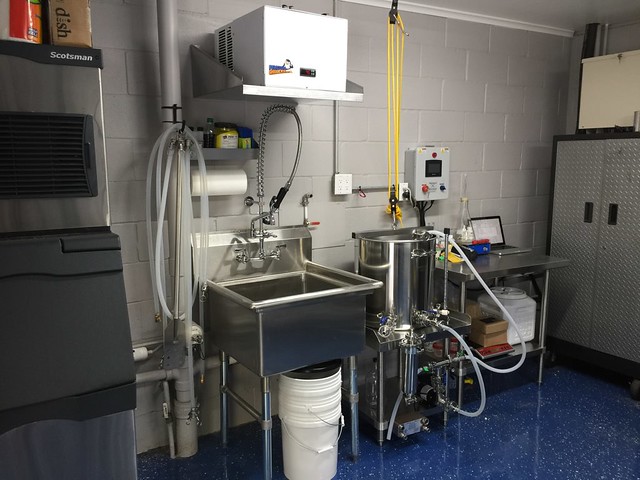cyclonebeer
Well-Known Member
- Joined
- Nov 1, 2008
- Messages
- 112
- Reaction score
- 20
Big filters
Curious how well those big filters work. Watched the videos and they seem to have potential. At what point in the process are you running wort through the filters? I could see them working well when transferring wort to fermenter to filter out break and trub. Once you get your process dialed in, you'll have to give us a full report.
Nice rig by the way. If one of those showed up on my doorstep, my wife would shoot me.


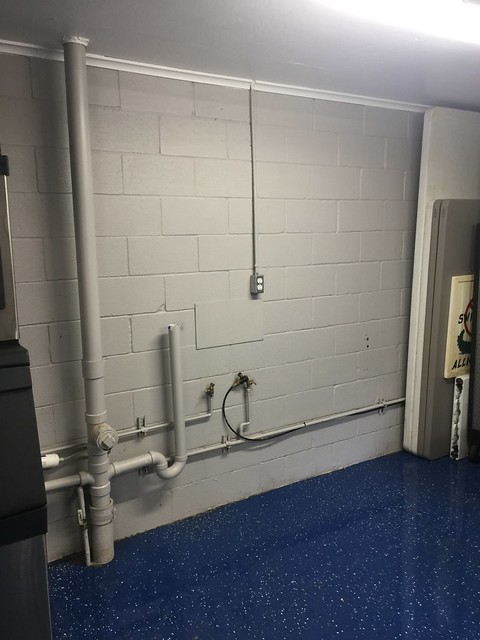
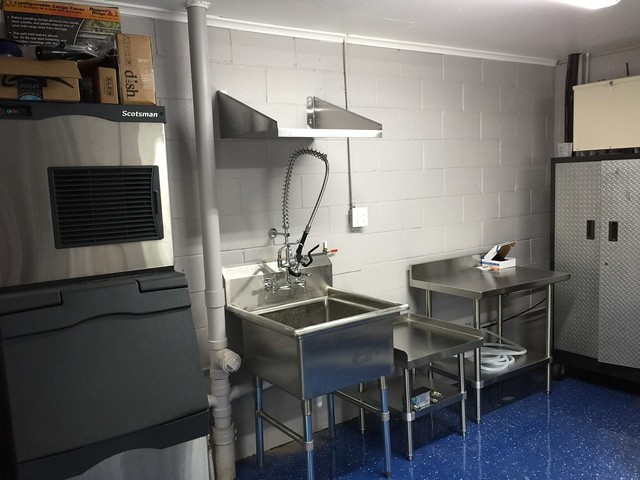

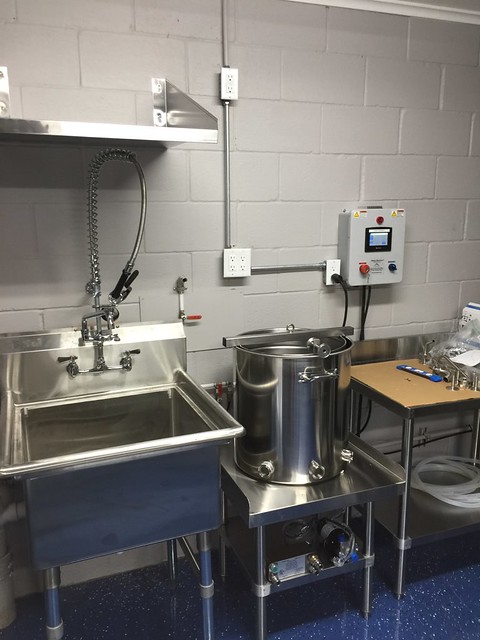
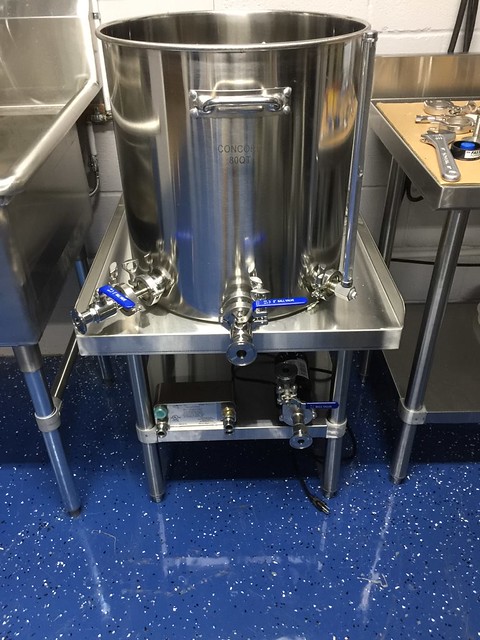






![Craft A Brew - Safale BE-256 Yeast - Fermentis - Belgian Ale Dry Yeast - For Belgian & Strong Ales - Ingredients for Home Brewing - Beer Making Supplies - [3 Pack]](https://m.media-amazon.com/images/I/51bcKEwQmWL._SL500_.jpg)
















































